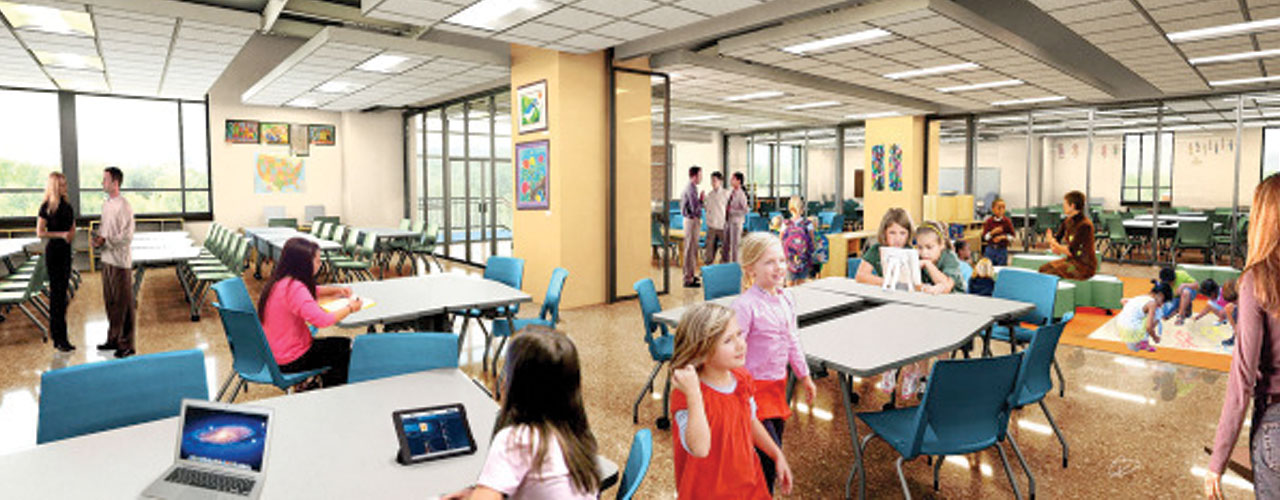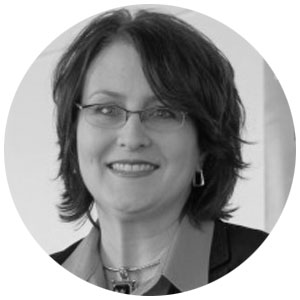BLOG
21st-Century Learning Part 1: Toddler to Thought Leader
Written by Denise Breunig

Today’s students began learning as multi-tasking toddlers—playing with smart phones while watching television and interacting with family. Unfortunately, that flexibility in learning may end as they grow and enter classrooms with static rows of desks and restrictions on student communication and sharing.
That rigid approach may have worked for students 50 years ago, but education has moved beyond expecting all students to learn in the same way.
Schools and classrooms designed as 21st-century learning environments are inviting and motivating. Young people are inspired to grow their love of learning through flexible classroom spaces, maker spaces for exploring their own ideas and easy access to technology that supports different research needs.
In addition to advancing the three Rs (reading, writing and arithmetic), 21st-century learning environments teach students to be creative, collaborative, communicative and flexible—exactly the qualities needed in the modern workplace.
For some educators, however, descriptions of 21st-century learning environments may conjure up concerns that we’re revisiting the open classrooms of the 1970s—an era when not enough variation was provided and teaching methods didn’t evolve along with structural changes.
Today’s version of flexible learning environments features a variety of size and acoustic configurations to help teachers find what works best for their students.

The use of uniquely designed spaces for student learning doesn’t mean that students won’t be supervised or that it will be too noisy to learn. Wall removal must be coupled with switching the outdated practices of focusing on teachers as the sole sources of information. Instead, teachers must become learning facilitators who teach in teams and weave topics throughout multiple subjects. These practices offer students a wider range of opportunities for active learning and global awareness.
Parents who support 21st-century learning environments ensure that their children learn life skills, not just how to pass tests. Students may also find that they are better equipped to self-manage their learning processes as they head off to college and other environments where information isn’t spoon-fed.
Designers who create these types of learning environments realize the special pathway they provide for students to become future thought leaders.
To be continued…
Look for more thoughts on 21st-century educational design from Denise in weeks to come.

Denise Breunig, AIA, ALEP, LEED® AP BD+C
Architect and Educational Planner Denise Breunig is Woolpert’s architecture discipline lead responsible for promoting continuous improvement within her discipline. She has over 25 years of experience designing K-12, higher education, military and other institutional projects.